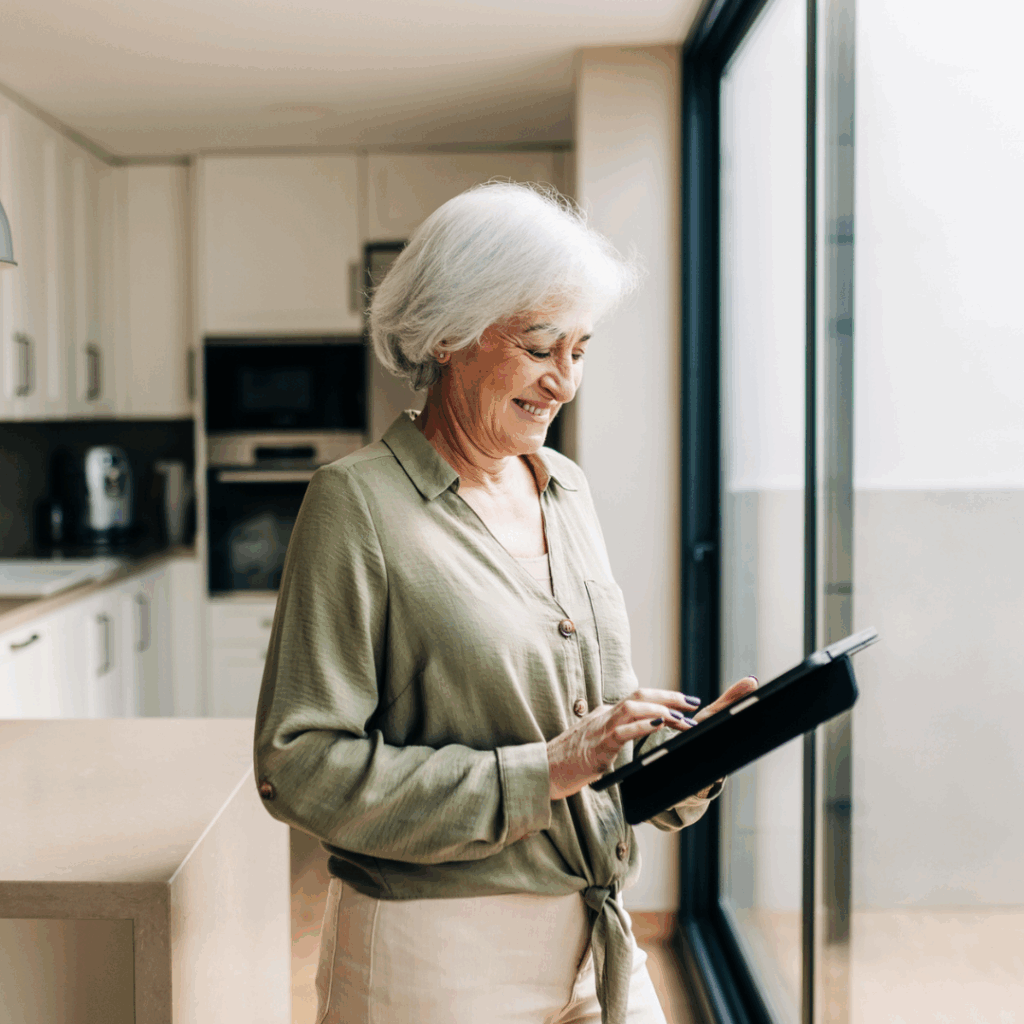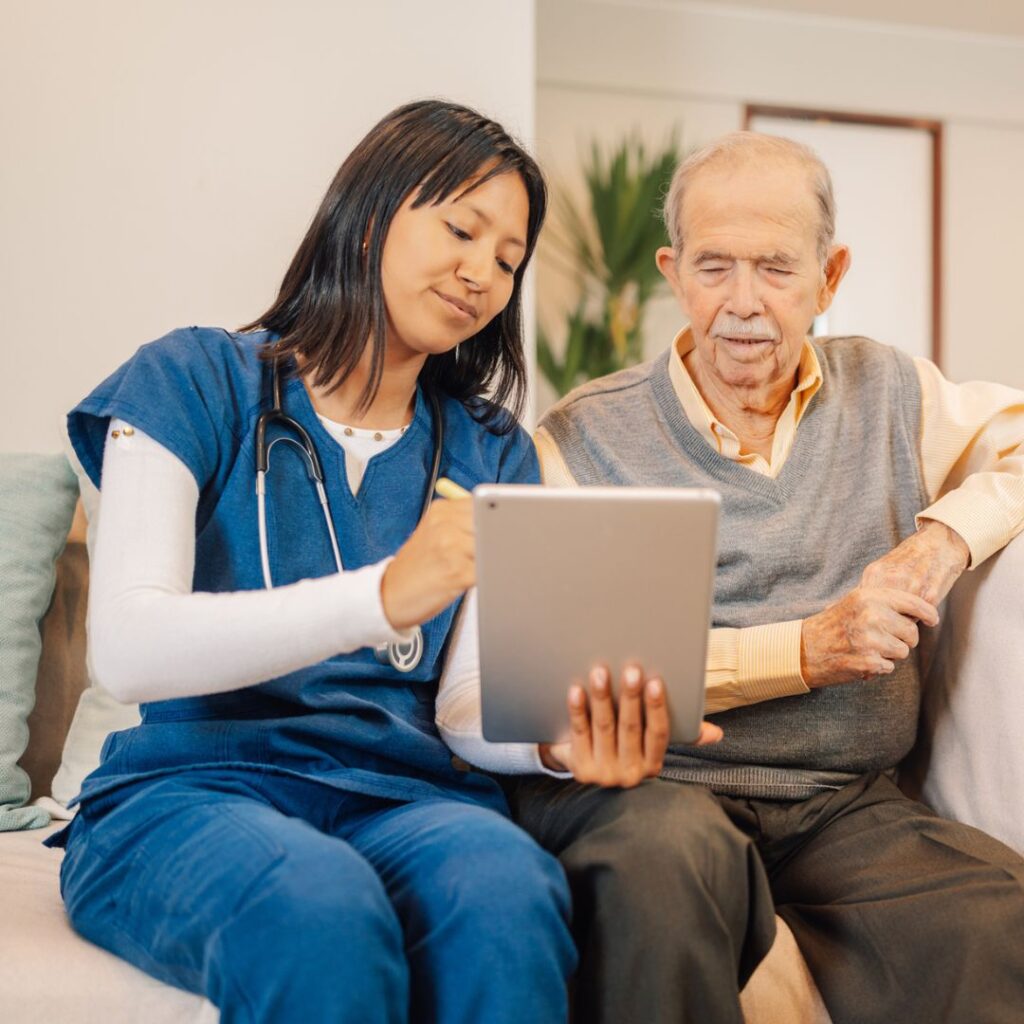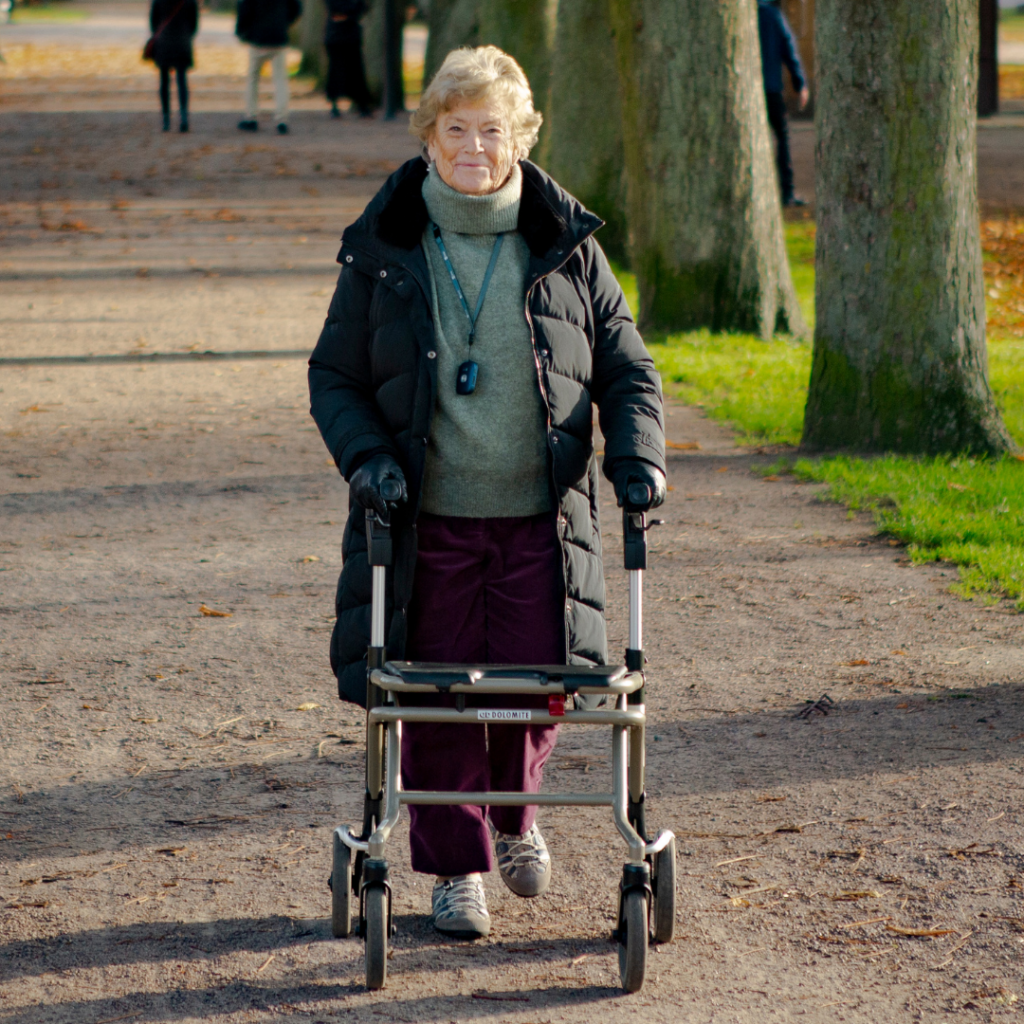
Digital telecare: The future of independent living for older adults
Why the technology enabled care industry is going digital and what it means for users and service providers
The world’s population is ageing, and with this shift comes new challenges for care providers and families. Older adults today are healthier and more independent than ever, but they still need reliable support to live safely at home. Traditional analogue telecare systems, once the backbone of personal alarms, are no longer fit for purpose in our digital age. Network providers are phasing out analogue infrastructures, creating risks for those who depend on them.
This whitepaper explores why the transition to digital telecare is not just necessary but transformative. From improved reliability to cost savings, digital systems offer a future-proof solution for older adults and care providers alike.
Why digital telecare?
The ageing population challenge
The ratio of working-age individuals to older adults is shrinking dramatically. With fewer caregivers available, technology must bridge the gap. Digital telecare enables older adults to live independently while ensuring help is just a button press away.
The end of analogue networks
Major telecom providers, including BT in the UK and Deutsche Telekom in Germany, are shutting down analogue networks by 2027. Analogue personal alarms struggle to function on modern digital infrastructures, leading to connection failures. Hybrid solutions, part analogue, part digital, are unreliable and not future-proof.
Digital telecare systems, like those offered by us are built for Next Generation Networks (NGNs). They ensure seamless, end-to-end communication between users and Alarm Receiving Centres (ARCs).
The benefits of going digital
Societal benefits: Safety and independence
- Reliability: Digital alarms have near-perfect connection rates, unlike analogue systems, which fail up to 20% of the time.
- Cost Savings: Keeping older adults at home reduces the financial burden on local authorities. For example, in Sweden, home care costs €1,620/month compared to €6,350/month for residential care.
Operational efficiency
- Remote Monitoring: Digital systems perform automatic status checks every two minutes, ensuring immediate fault detection.
- Reduced Costs: No need for manual testing or physical visits, updates and servicing are done remotely.
Future-proof technology
Digital telecare integrates with Technology Enabled Care (TEC), including telehealth and smart home devices. This paves the way for innovations like remote health monitoring and medication management.
Case studies: Success stories
Kalmar municipality, Sweden
Kalmar adopted digital telecare to give users greater control. With real-time monitoring, residents enjoy peace of mind, knowing help is always available.
Landskrona municipality, Sweden
By switching to a cloud-based ARC, Landskrona redirected night-time calls to Careium’s ARC, freeing staff for mobile response teams. This improved efficiency and user satisfaction.
The future of digital telecare
The shift to digital is inevitable, and early adopters are already reaping the rewards. Sweden, a pioneer in this transition, has seen fewer failures, lower costs, and happier users.
Last updated: July 10, 2025
Discover more
- Learn about our monitoring centre
- Partner with one of Europe’s most experienced technology enabled care providers – Why choose Careium?
Download Whitepaper (original)
More White papers











 International
International
 France
France
